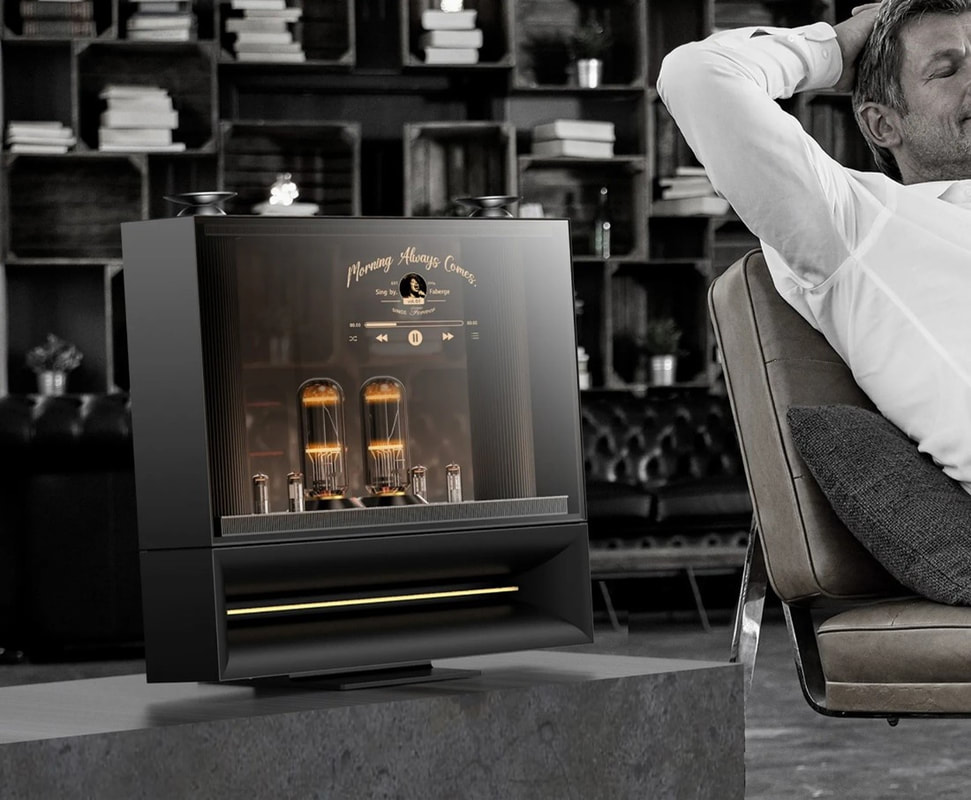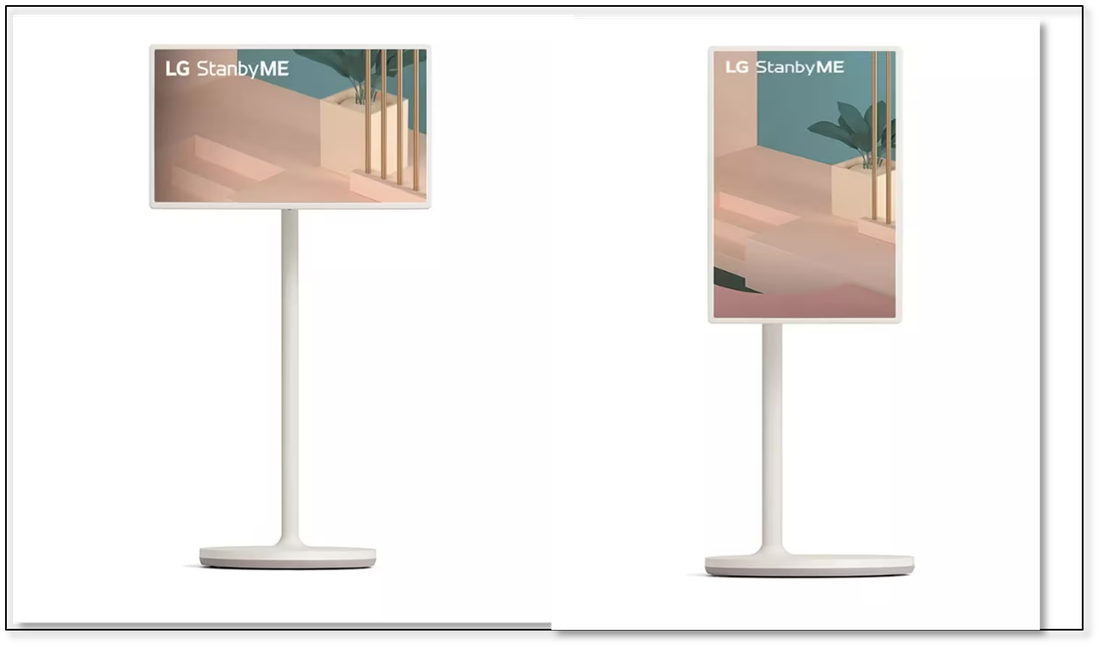Not a Happy New Year
The semiconductor fabs in Ishikawa Prefecture, in most cases, were automatically shut down and would require full inspection before restarting. Tower Semiconductor (TSEM), which has two fabs in Ishikawa Prefecture stated, “There was no impact or damage to the buildings and only minor damage to the facilities which had no impact on operations. The dedicated staff and response teams have worked to ensure operational safety and stability. Tools requalification is underway, combined with efforts to efficiently repair any damage to fab tools and in-line materials, while utilizing all available resources to minimize any potential disruptions to manufacturing and customer service.”
Taiyo Yuden (6976.JP), a supplier of MLCCs with a ~5% share stated, “No injuries to our group employees have been confirmed. In addition, our group's production bases, no major damage was confirmed to the building or production equipment. Production is expected to resume after equipment inspection work is through”. No word from Global Wafers (6488.TT), who has two production facilities about 100 miles from the epicenter, although local sources indicate that wafer production was halted and the lines are undergoing full inspection, with the same for Shin-Etsu (4063.JP), although silicon wafer growth using the CZ method is very sensative to vibration and can cause uneven crystal growth or stress defects. While 4” silicon wafers can be grown in 3 to 5 days, 8” wafers can take between 7 to 14 days, and 12” wafers between 14 to 28 days, so it will take quite a while to assess the damagefacing these wafer fabs.
All in, while the damage to smaller towns in northern Ishikawa was significant, most production facilities seem to be relatively unaffected, other than the typical automated shutdown, inspection and restart, which we expect, for those with no significant damage, will take a few days to complete. The loss of WIP is still unknown, and in the case of wafers production, could turn out to be a bit more significant, but it would seem that production losses will be limited to a week to 10 days on average so far. Not a disaster for the display and semiconductor industry, but not a happy new year in Ishikawa for others.





 RSS Feed
RSS Feed